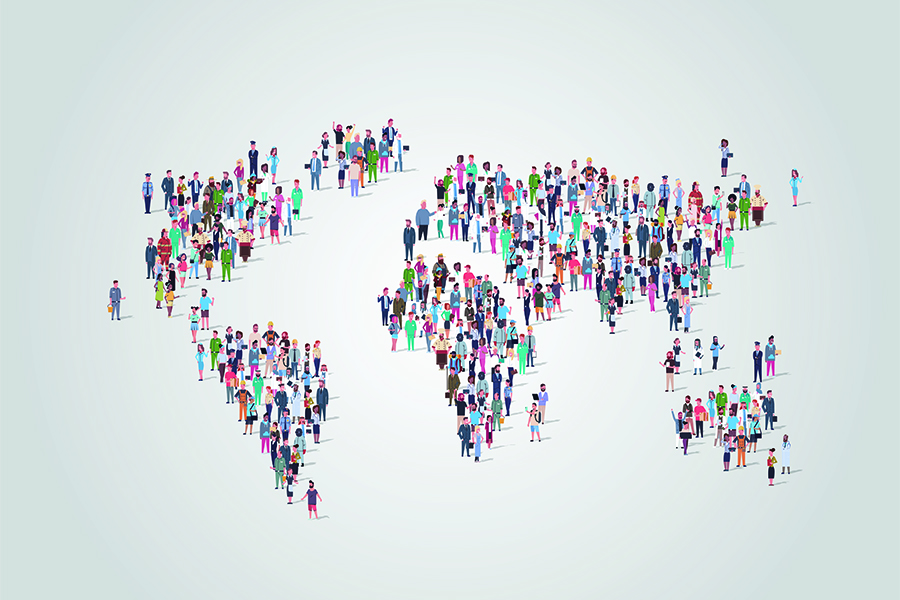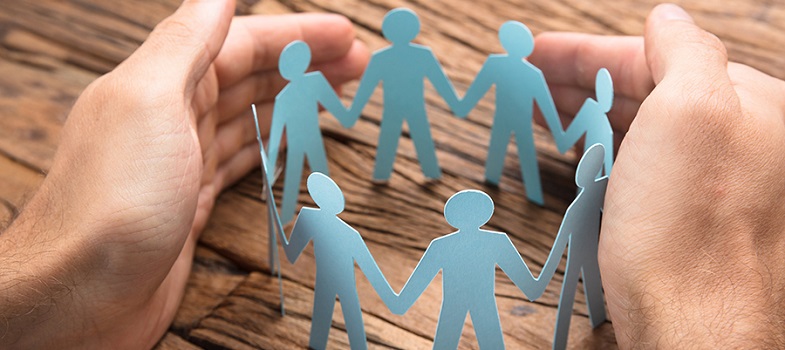Unit 1: Introduction to Safeguarding
1.5 What is safeguarding?

© gmast3r / iStock / Getty Images Plus.
A chance to reflect on your reasons for being on the course and develop a community of practice. It introduces safeguarding, what it means to you and to the wider international development sector.
|
What does ‘safeguarding’ mean to you? The word ‘safeguarding’ is about taking an action to prevent harm. The word may not translate well in different languages. Also, it may mean different things dependent on different contexts. Before starting on the next section think about what ‘safeguarding’ mean to you.
|
|
Activity 1.3 Why is safeguarding important to your organisation?
Watch this video in which some Safeguarding Leads in various international organisations working across the world are interviewed. You will hear what they said when they were asked: “Why is safeguarding important to your organisation?” Make a note of the key messages in your learning journal. |
You may be used to ‘safeguarding’ being discussed in relation to protecting children from abuse only. Most countries have enacted laws to protect children and most organisations have relevant policies (whether effective or not) to do the same within their organisation.
However, safeguarding is more than just having a child protection policy. It is important to also think about vulnerable adults who may come into contact with your organisation’s staff, personnel and/or activities. They are made vulnerable because of special characteristics such as their age, sex or sexual orientation, ethnicity, displacement, disability or in need of care and support.
Ultimately, therefore, the aim is to safeguard all persons who come into contact with your organisation, whether directly or indirectly. This includes children (all persons under the age of 18), adults who are made vulnerable due to personal or external circumstances, employees and associated personnel (e.g., volunteers, unpaid Board members, partners, contractors, suppliers).
The responsibility of keeping them safe lies with your organisation and all those who are employed or represent it in any way. Anyone who is in a position of power or authority can misuse that position and cause harm to people with these special characteristics.
The term ‘safeguarding’ is used in this course to mean the measures put in place by the organisation to prevent, report and respond to various forms of harm that could occur through the actions or inactions of your organisation through all activities.
However, you will undoubtedly come across many instances of the abuse of children and adults in the communities in which you work. These too should be recognised as safeguarding concerns and appropriate action taken, including reporting to relevant authorities or advocating for change.
|
Activity 1.4 Sexual exploitation, abuse and sexual harassment (SEAH) The funding for this course has come from the Safeguarding Unit in the UK Foreign, Commonwealth and Development Office’s (FCDO) Safeguarding Unit, whose focus is on tackling sexual exploitation, abuse and sexual harassment (SEAH) in the international aid sector. However, as set out in more detail later, the course covers and is relevant to other forms of harm too. Read this article, What do we mean by safeguarding against SEAH?, which provides a brief definition of safeguarding and SEAH. In your learning journal, make a note of how you would like to describe ‘safeguarding’ for your own organisation. |
